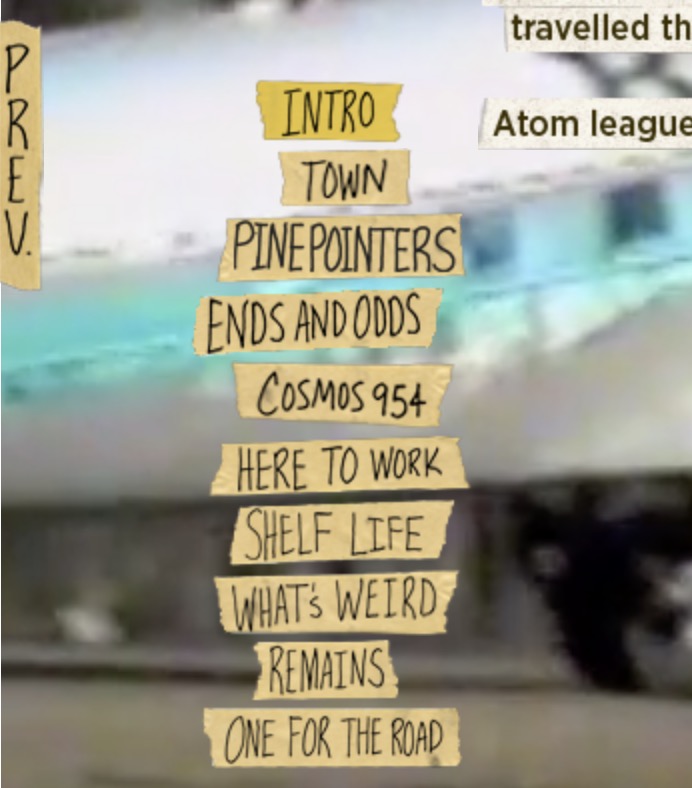Blog 2: The books

I used the knowledge of the book Humanistic Design for an Emerging Medium by Janet H. Murray to analyze my favorite digital media works from the four perspectives of affordance: encyclopedia, participatory and procedural characteristics. Pinepoint.
Reference :
Book of Janet H. Murray https://inventingthemedium.com/glossary/#procedural
Video of pinepoint:https://pinepoint.nfb.ca/intro/
Procedural
The designer simulated the story of the small town of Pine Point into an electronic photo album. He saved the audio and images of the electronic data information and played it to the readers. This electronic photo album can be programmed to be operated by interactors, such as clicking to play the video, viewing the next picture, clicking to navigate, etc. The mouse and keyboard control the content of the album or flip through the electronic album to create a way for readers to experience.
Participatory
This photo album is available for public participation. Viewers can manipulate the mouse to influence the information on the page. Users experience the interactivity by participating in the program of this electronic photo album, which means that the designer needs to write computer behaviors and reader interactions behavior script.I am reading the’pinepoint’ interface and I feel very involved, because the interface is very clear and transparent. I know very well what will happen to the interface when I click on different areas, such as clicking on the next album, the mouse acts as my hand, and the page looks like a real book It also helped me turn to the next page.
Spatial
This public electronic photo album is different from the traditional photo album. It is similar to the experience world and the space designed by landscape designers, urban planners and architects. This electronic photo album can be navigated. The navigation availability of this album is similar to text games, such as the love game of KID in Japan. The page navigation and page jump are performed by clicking on the text. The navigation of this electronic album combines procedural and participatory availability, and establishes a navigation with consistent interaction rules in the designer’s inherent script. For example, in order for the designer to better experience the space of this virtual album, Design the appearance of the navigation text on the screen into the paper label of the book.

The Navigable space of this book is to create a consistent interaction mode of “navigating to the previous page with the label on the left and entering the next page with the label on the right” by clearly distinguishing the previous page and the next page.
The different pages of various videos, audios, and images are well organized, with clear boundaries, consistent navigation, and encyclopedia-like details that reward exploration. They create an immersive experience.
Encyclopaedic
Digital media is encyclopedic in three aspects: its capacity-the large amount of information it can contain; its wide range of traditional and computational media formats and genres, including text, moving images, photos, drawings, animations, music recordings, and recordings , Real-time images and sounds, three-dimensional models, databases, search engines, video games; and its ability to represent any process through logical symbolic representation, including simulation of highly complex systems. The capacity of this electronic album contains photos, drawings, videos, and recordings of pinepoint from the 1880s to 2008. Logic symbols such as navigation or jump are used to indicate the ability to jump pages or drag pictures. A large amount of information is classified according to the author according to pinepoint’s story timeline and marked according to its parent navigation menu, creating a clear and comfortable immersive experience for readers.